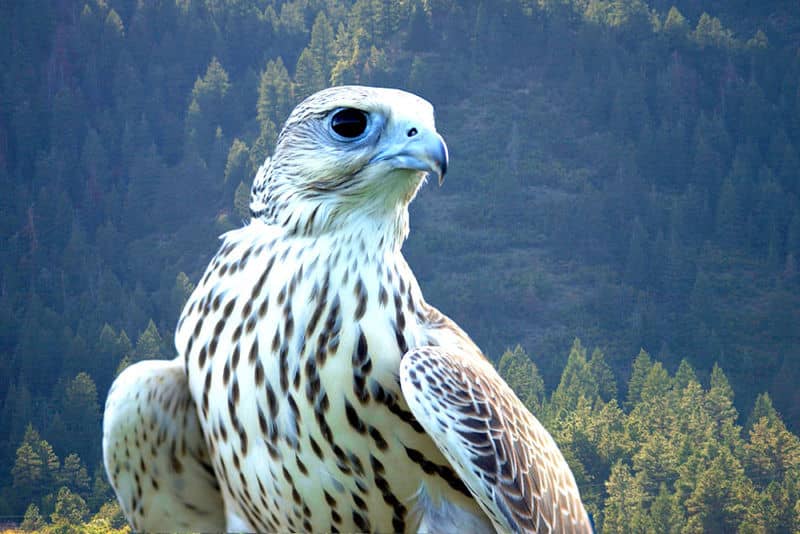“Falcon-eye” Footage Captures Aerial Hunting Maneuvers
OutdoorHub Reporters 01.21.14

Falcons have a place among birds of prey as canny hunters, and one of their most successful techniques is that of “motion camouflage.” By following their prey in a fixed location, the falcon can mask its approach by appearing still to its target. Instead of perceiving movement, the hapless meal-to-be simply sees the falcon get gradually larger. With the help of head-mounted cameras, scientists are now able to see how this technique works firsthand.
“They come in very, very fast and use their talons and the force of impact to kill the bird, or they very quickly break its neck,” Haverford College’s Suzanne Kane, who is leading the study, told The Guardian. “Which isn’t very nice to think about.”
Kane cooperated with falconers and technology experts in the United States, Britain, Belgium, and the Netherlands to affix the tiny cameras to hunting birds. Using a combination of large gyrfalcons and Saker, the cameras took to the air as the birds chased down crows and other prey.
The study, which was published in The Journal of Experimental Biology, took place over Pennsylvania, Arizona, and Wyoming as well several other locations. You can view a portion of the recorded video below:
Kane’s intention is rather not on how the falcon hunts, but how prey adopt new strategies to escape the predator. Eventually Kane intends to apply this research into fields such as preventing birds from flying into wind turbines or airplanes.
Similarly, another video of a falcon with a camera is drawing attention. Footage from the filming of Penguins – Spy in the Huddle show a striated caracara stealing an egg-shaped camera and flying off with it, only to film an entire penguin colony. You can see that video below.

